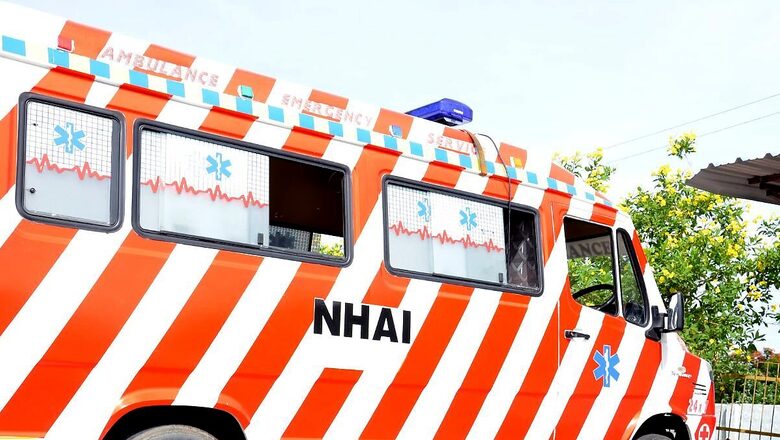
views
Helicopter landing facilities and ambulances stationed at select highway toll plazas, construction of pedestrian underpasses and overbridges and detailed study of accident-prone spots are some of the steps India has begun taking to reduce road fatalities across the state and national highways crisscrossing the country.
These measures have become necessary in the light of damning road fatality data. India continues to hold the dubious distinction of reporting the highest number of road fatalities in the world, with national and state highways/expressways becoming death traps.
As per data from the ministry of road transport & highways (MoRTH), 56 per cent or more than half the fatalities in road accidents across India in 2022 happened on a highway. The total number of casualties on these highways/expressways was 1,02,050. In other words, nearly 280 people died every day on a highway/expressway somewhere in the country last year. In addition to these preventable deaths, more than 2.5 lakh Indians were injured on a national or state highway last year.
The pertinent point to note here is that state and national highways account for more than half the number of deaths and injuries despite accounting for just about 5 per cent of the total road network across the length and breadth of the country. And the number of accidents increased on state as well as national highways in 2022. So what is the government doing to prevent accidents on highways?
The MoRTH has taken several steps to make highways safer. It has already deployed 300 ambulances at designated toll plazas for facilitating emergency medical assistance to accident victims. It has also begun assessing pedestrian footfalls for future highway projects so that a commensurate provision of footover bridges and underpasses/subways can be made during the bidding stage of a national highway instead of having to construct these facilities later. This will ensure safety of pedestrians — local residents and others — who use highways where vehicular speed is higher than on city roads.
But a Parliamentary Standing Committee, which examined issues related to the road transport sector, has said in its report that the MoRTH should ensure that helicopter landing facilities are also provided at toll plazas across the country’s highways to provide emergency medical assistance. Already, such facilities are being developed on the Delhi-Mumbai expressway and in some other instances, the ministry has said.
The parliamentary panel has also recommended that a study should be conducted about the road safety provisions on highways in developed countries, where the accident rates are much lower than that of India’s national highways.
But perhaps the most impactful step taken in the road safety quest had been MoRTH’s request to the Education Ministry to incorporate different aspects of road safety in the curriculum for students of both primary and secondary standards. Safe travel should be taught early in life and what better place than to learn about this in school?


















Comments
0 comment